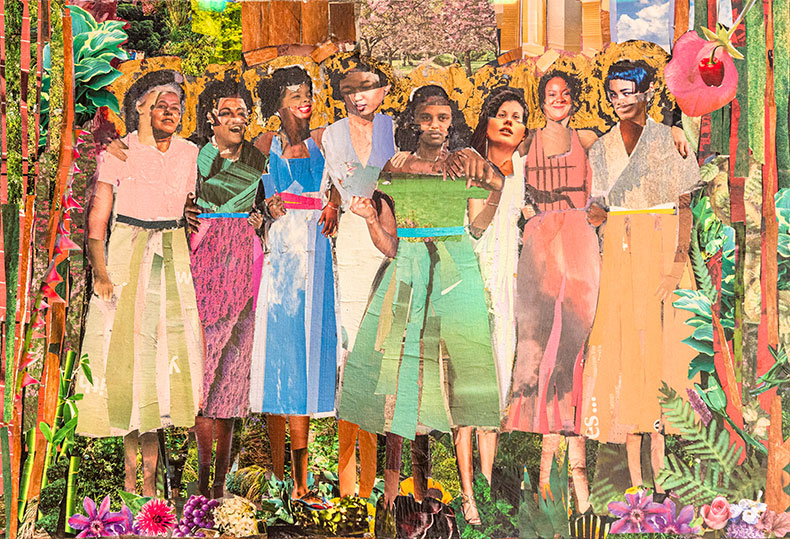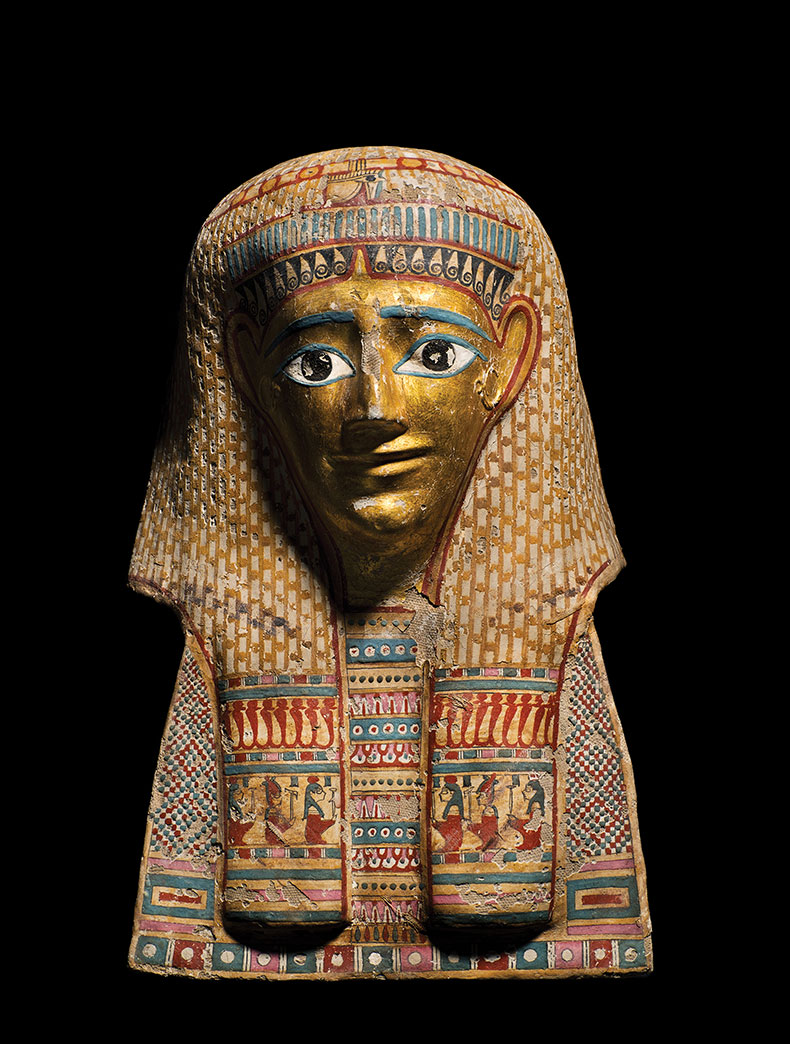Following a £15 million transformation, the Manchester Museum has at last reopened to the public. The old entrance was tucked away, requiring some finding, while the new front doors open directly on to the main road. Where the old entrance used to stand there is now a two-storey extension built to house a temporary exhibition space and the brand new, permanent South Asia Gallery, which is dedicated to the experiences and histories of the South Asian diaspora communities that make up more than 11 per cent of the city’s population.
The South Asia Gallery is emblematic of the museum’s developing philosophy, co-curated by 30 community members who have worked alongside the gallery’s lead curator Nusrat Ahmed over the last five years. ‘I’ve asked myself as a curator, “What is it that you care for?”, and it wasn’t objects. Objects never came to my mind, it was stories, and people and relationships,’ comments Ahmed.
Of course, objects still fill the vitrines and plinths of the gallery, but they are here in service of the stories that the co-curators wanted to tell. This leads to an overlap of thematic and historical narratives, where you will find a Cartier brooch made with a Mughal-era emerald sitting alongside a newly commissioned, colourful Bangladeshi rickshaw. Personal commentary from the various co-curators is interwoven into the more traditional wall texts, providing alternative angles of interpretation but also making it clear that these are their stories.

A display at the new South Asia Gallery at the Manchester Museum. Courtesy Manchester Museum
These kinds of projects have obvious benefits for the museum as they seek to build loyalty within the community and attract new audiences, but they are not always as fulfilling for the communities themselves who have to contend with the inflexibility of long-established institutions. But, at least from the outside, the Manchester Museum seems to have set a real benchmark in how to carry out this sort of work. As Ahmed describes it, ‘we broke down the hierarchies, so it was never the “museum professional” and the “community co-curators”: it was all together, and everybody signed up to the same rules and respected each other.’

Are you thinking what we’re thinking? by Michelle Olivier, in the South Asia Gallery. Courtesy Manchester Museum
But it’s not only the South Asian community that the museum is responding to. There is a gallery dedicated to Chinese culture and built-in references to the museum’s own history. On entering the building, visitors are greeted by the skeleton of Maharajah the Indian elephant, who was a local favourite at the Belle Vue Zoological Gardens in the 1870s and in the ‘Golden Mummies’ exhibition, a wall text explains how and why so many Egyptian artefacts have ended up in Manchester, through links to colonialism and local industry in the late 19th century.
Outside of the galleries, a restructuring of the ground floor has provided a range of practical benefits. The new entrance provides the increased space that the museum requires – according to the director Esme Ward, pre-closure visitor figures were around double the intended capacity of the building. While, adjacent to the cafe, the new picnic room provides space for visitors to eat their own packed lunches. Ward comments that ‘very often in museums, you’re made to feel a bit like a second-class citizen if you bring your own food. What if we put as much love and attention into those spaces? Maybe that would really help people’s sense of belonging.’ This is encouraging to see at a time when non-commercialised indoor public space is an increasing rarity, and cash-strapped organisations are feeling the pressure to increase income-generation.

A gilded mummy mask in the ‘Golden Mummies’ exhibition. Photo: Julia Thorne; courtesy Manchester Museum
Ward suggests that this is just the beginning of the museum’s continued evolution. As she puts it, ‘I just believe whole-heartedly the future is collaborative. Now we’re open and we’re back: this will be the work. We’ll start dreaming of what we do together, because that’s how we do it here, and how I think we should do it. Fun isn’t it?’
The Manchester Museum is now open.













![Masterpiece [Re]discovery 2022. Photo: Ben Fisher Photography, courtesy of Masterpiece London](http://zephr.apollo-magazine.com/wp-content/uploads/2022/07/MPL2022_4263.jpg)
‘Like landscape, his objects seem to breathe’: Gordon Baldwin (1932–2025)